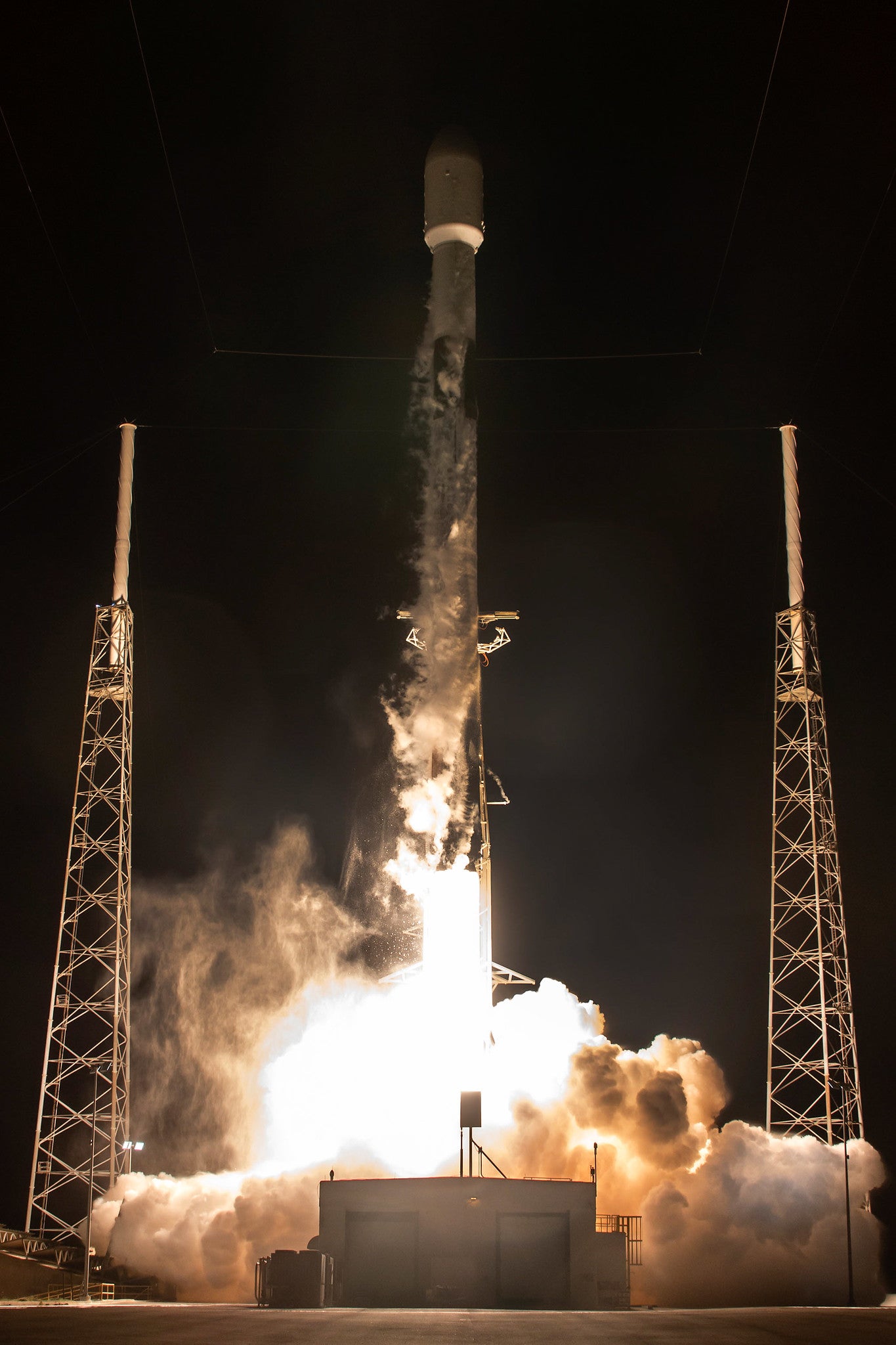SpaceX may have turned the galaxy red
A SpaceX rocket’s exhaust may have lit the upper atmosphere in a reddish glow

SpaceX may have turned the galaxy an eerie shade of red during its latest launch, a sight made all the weirder in that it was invisible to the naked eye.
According to the Washington Post, photographers in Maryland, Virginia, Ohio, Tennessee and North Carolina attempted to get shots of the Milky Way but had their images photobombed by a swelling red streak, like a cloud of gas.
It’s possible a SpaceX Falcon 9 rocket launched from Florida may have generated the strange glowing cloud on Sunday morning.
“At first I thought maybe a thin cloud but not the case,” Maryland photographer told the Post. “After research, I came across an article that said SpaceX Falcon 9 was launched at 12.27am.”
Boston University physicist Carlos Martinis told the Post that the rocket’s exhaust could have interacted with positive oxygen ions present in the atmosphere at 68 to 310 miles altitude to generate the red glow. The plume of exhaust can diffuse through the upper atmosphere, creating a spreading cloud of red.
However, Tamitha Skov, a space weather expert interviewed by the newspaper, suggested that what photographers might actually have captured was a faint, “sub-visual” aurora borealis, noting there was active solar wind radiation hitting Earth’s magnetic field at the time of the photographers’ sightings.
“A student of mine saw the SpaceX rocket launch at a similar time and even in the camera, the scattered light from the rocket exhaust remained a localised white plume,” she told the Post, “so I really do not think the above phenomenon is a result of the SpaceX launch, but simply another dazzling reminder of how far south aurora really does occur, if we are willing to do what it takes to look for it.”
Join our commenting forum
Join thought-provoking conversations, follow other Independent readers and see their replies
0Comments